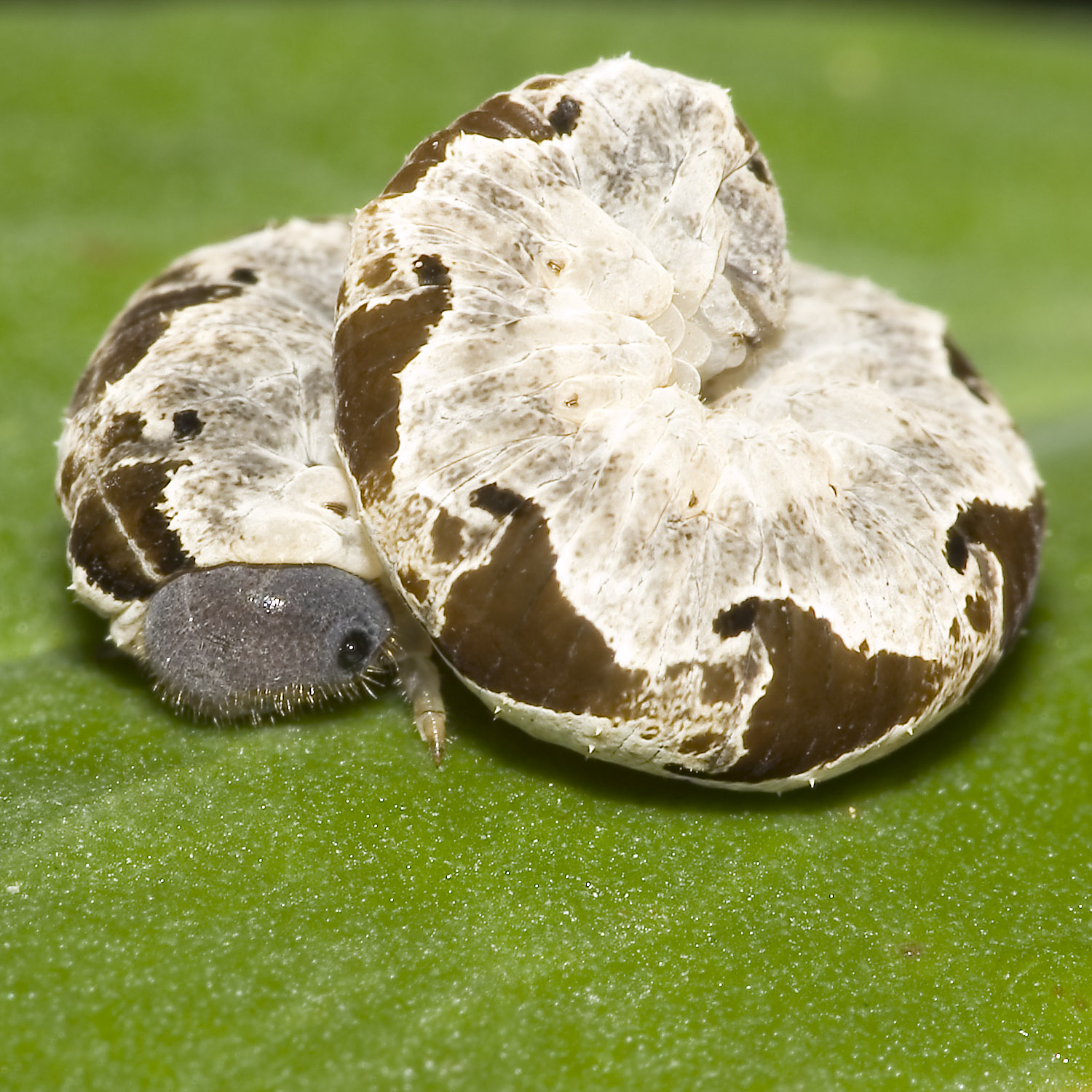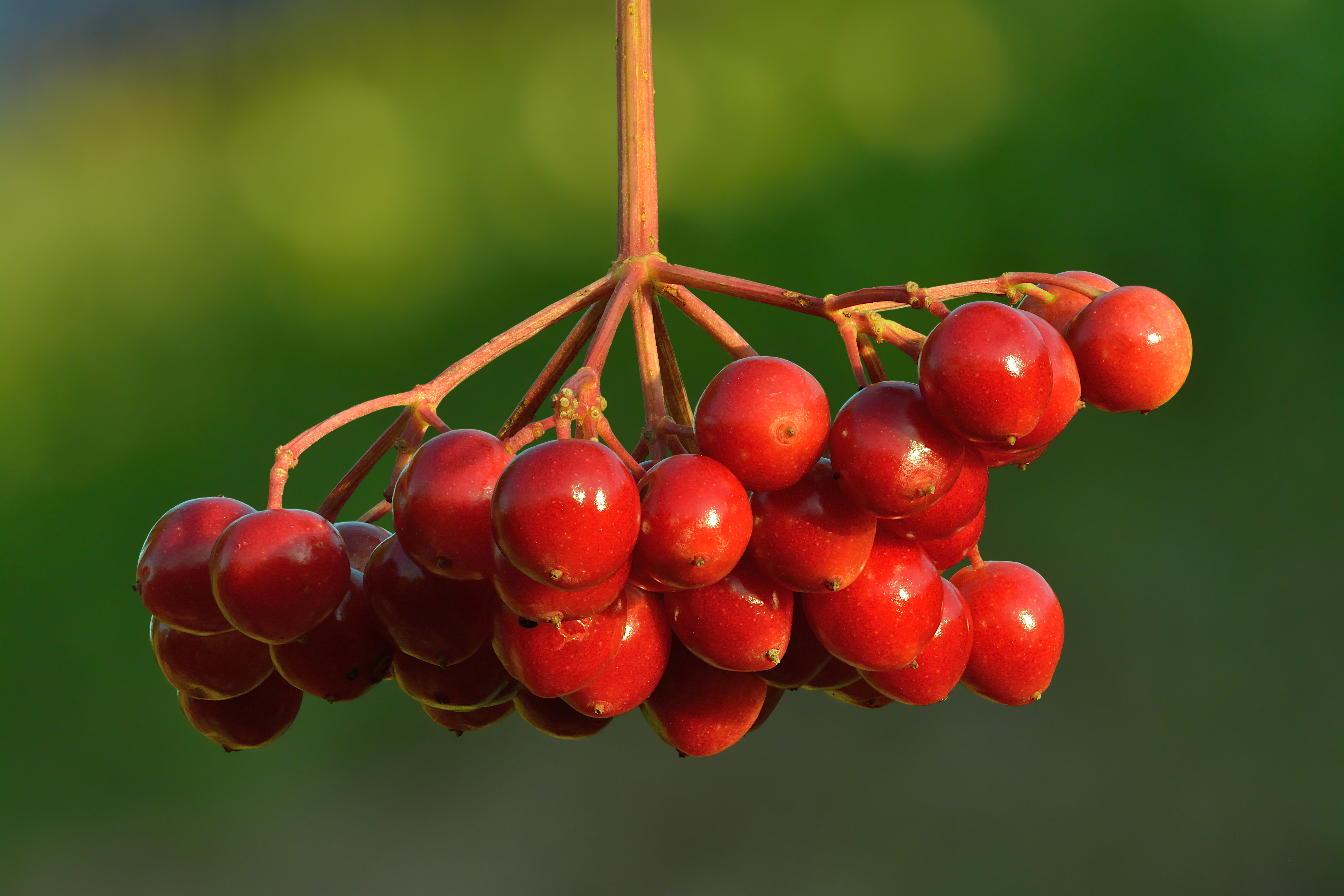|
Tenthredo Vespa
''Tenthredo vespa'' is a sawfly species belonging to the family Tenthredinidae (common sawflies). Distribution and habitat This species can be found in most of Europe. These sawflies prefer hedge rows and coastal meadows. Description ''Tenthredo vespa'' or saw can reach a length of about . These sawflies have black head and thorax. The first segment of the antennae is orange. The abdomen shows black and yellow bands that are reminiscent of wasps (hence the species name). The abdomen usually has yellow bands on the segments 1, 4, and 5, as well as 7, 8, and 9. Their wings have a pale brown color, with a dark spot on the tips. Larvae are whitish or bluish, with dorsal triangular, brown markings. Biology The adults can be encountered from May through September feeding on small insects and on nectar and pollen of flowers (especially on Apiaceae ('' Heracleum sphondylium''). Larvae are polyphagous, mainly feeding on '' Lonicera periclymenum'', '' Fraxinus excelsior'', ''Viburnum ... [...More Info...] [...Related Items...] OR: [Wikipedia] [Google] [Baidu] |
Anders Jahan Retzius
Anders Jahan Retzius (3 October 1742 – 6 October 1821) was a Swedish chemist, botanist and entomologist. Biography Born in Kristianstad, he matriculated at Lund University in 1758, where he graduated as a filosofie magister in 1766. He also trained as an apothecary apprentice. He received the position of Docent#Northern Europe, docent of chemistry at Lund in 1766, and of natural history in 1767. He became extraordinary professor of natural history in 1777, and thereafter held various chairs of natural history, economy and chemistry until his retirement in 1812. He died in Stockholm on 6 October 1821. He described many new species of insects and did fundamental work on their Categorization, classification. Retzius was elected a member of the Royal Swedish Academy of Sciences in 1782. He was the father of Anders Retzius and grandfather of Gustaf Retzius. Disciples of Anders Jahan Retzius include the botanist Carl Adolph Agardh, the zoologist and archaeologist Sven Nilsson (zool ... [...More Info...] [...Related Items...] OR: [Wikipedia] [Google] [Baidu] |
Tenthredinidae
Tenthredinidae is the largest family of sawflies, with well over 7,500 species worldwide, divided into 430 genera. Larvae are herbivores and typically feed on the foliage of trees and shrubs, with occasional exceptions that are leaf miners, stem borers, or gall makers. The larvae of externally feeding species resemble small caterpillars. As with all hymenopterans, common sawflies undergo complete metamorphosis. The family has no easily seen diagnostic features, though the combination of five to nine antennal flagellomeres plus a clear separation of the first abdominal tergum from the metapleuron can reliably separate them. These sawflies are often black or brown, and 3 to 20 mm long. Like other sawflies, they lack the slender "wasp-waist", or petiole, between the thorax and abdomen, characteristic of many hymenopterans. The mesosoma and the metasoma are instead broadly joined. The Tenthredinidae are also often somewhat dorsoventrally flattened, which will distinguish them ... [...More Info...] [...Related Items...] OR: [Wikipedia] [Google] [Baidu] |
Tenthredo
''Tenthredo'' (from the Greek ''tenthrēdōn'' "earth nesting wasp") is a genus of sawflies with more than 700 species of the family Tenthredinidae, subfamily Tenthredininae. It is of Holarctic distribution. Description Species of this genus are easily recognisable by their wasplike appearance although lacking the thin 'waist' of a true wasp. They have long antennæ. The fore wings of these sawflies have a lance-shaped cell with a straight cross-nervure. Larvae feed on a very wide variety of plants, each species is often restricted to one host; adults prey on flies and other insects in flowers. List of species *'' T. abdominalis'' ( Matsumura, 1912) *'' T. adusta'' Motschulsky, 1866 *'' T. albiventris'' (Mocsáry, 1880) *'' T. alboannulata'' (Takeuchi, 1933) *'' T. algoviensis'' Enslin, 1912 *'' T. amasiensis'' (Kriechbaumer, 1869) *'' T. amoena'' Gravenhorst, 1807 *'' T. amurica'' Dalla Torre, 1894 *'' T. arctica'' (C. G. Thomson, 1870) *'' T. arcuata'' Forster, 1771 *'' T. ... [...More Info...] [...Related Items...] OR: [Wikipedia] [Google] [Baidu] |
Apiaceae
Apiaceae or Umbelliferae is a family of mostly aromatic flowering plants named after the type genus ''Apium'' and commonly known as the celery, carrot or parsley family, or simply as umbellifers. It is the 16th-largest family of flowering plants, with more than 3,700 species in 434 generaStevens, P.F. (2001 onwards)Angiosperm Phylogeny Website Version 9, June 2008. including such well-known and economically important plants as ajwain, angelica, anise, asafoetida, caraway, carrot, celery, chervil, coriander, cumin, dill, fennel, lovage, cow parsley, parsley, parsnip and sea holly, as well as silphium, a plant whose identity is unclear and which may be extinct. The family Apiaceae includes a significant number of phototoxic species, such as giant hogweed, and a smaller number of highly poisonous species, such as poison hemlock, water hemlock, spotted cowbane, fool's parsley, and various species of water dropwort. Description Most Apiaceae are annual, biennial or perennial ... [...More Info...] [...Related Items...] OR: [Wikipedia] [Google] [Baidu] |
Heracleum Sphondylium
''Heracleum sphondylium'', commonly known as hogweed, common hogweed or cow parsnip, is a herbaceous perennial or biennial plant, in the umbelliferous family Apiaceae that includes fennel, cow parsley, ground elder and giant hogweed. It is native to Europe and Asia. The common name eltrot may also be applied, but is not specific to this species. Umbelliferous plants are so named because of the umbrella-like arrangement of flowers they produce. The North American species '' Heracleum maximum'' (also called "cow parsnip") is sometimes included as a subspecies of ''H. sphondylium''. The plant provides a great deal of nectar for pollinators. It was rated in the top 10 for most nectar production (nectar per unit cover per year) in a UK plants survey conducted by the AgriLand project which is supported by the UK Insect Pollinators Initiative. Etymology The species name ''sphondylium'', meaning "vertebrate", refers to the shape of the segmented stem. It was described by Carl Linnae ... [...More Info...] [...Related Items...] OR: [Wikipedia] [Google] [Baidu] |
Polyphagous
Feeding is the process by which organisms, typically animals, obtain food. Terminology often uses either the suffixes -vore, -vory, or -vorous from Latin ''vorare'', meaning "to devour", or -phage, -phagy, or -phagous from Greek φαγεῖν (), meaning "to eat". Evolutionary history The evolution of feeding is varied with some feeding strategies evolving several times in independent lineages. In terrestrial vertebrates, the earliest forms were large amphibious piscivores 400 million years ago. While amphibians continued to feed on fish and later insects, reptiles began exploring two new food types, other tetrapods (carnivory), and later, plants (herbivory). Carnivory was a natural transition from insectivory for medium and large tetrapods, requiring minimal adaptation (in contrast, a complex set of adaptations was necessary for feeding on highly fibrous plant materials). Evolutionary adaptations The specialization of organisms towards specific food sources is one of t ... [...More Info...] [...Related Items...] OR: [Wikipedia] [Google] [Baidu] |
Lonicera Periclymenum
''Lonicera periclymenum'', common names honeysuckle, common honeysuckle, European honeysuckle, or woodbine, is a species of flowering plant in the family Caprifoliaceae native to much of Europe, North Africa, Turkey and the Caucasus. It is found as far north as southern Norway and Sweden. Description Growing to or more in height, it is a vigorous deciduous twining climber, occasionally keeping its old leaves over winter. In the UK it is one of two native honeysuckles, the other being ''Lonicera xylosteum''. It is often found in woodland or in hedgerows or scrubland. The tubular, two-lipped flowers, creamy white or yellowish in colour, may be flushed with pink or red on the outside and in bud, and are carried in showy clusters at the ends of the shoots. The flowers are highly scented by night, much less so by day. Ecology The plant is usually pollinated by moths or long-tongued bees and develops bright red berries. Dormice make summer nests for their young from honeysuckle b ... [...More Info...] [...Related Items...] OR: [Wikipedia] [Google] [Baidu] |
Fraxinus Excelsior
''Fraxinus excelsior'', known as the ash, or European ash or common ash to distinguish it from other types of ash, is a flowering plant species in the olive family Oleaceae. It is native throughout mainland Europe east to the Caucasus and Alborz mountains, and Britain and Ireland, the latter determining its western boundary. The northernmost location is in the Trondheimsfjord region of Norway.Rushforth, K. (1999). ''Trees of Britain and Europe''. Collins .Den virtuella floran''Fraxinus excelsior'' distribution/ref> The species is widely cultivated and reportedly naturalised in New Zealand and in scattered locales in the United States and Canada. Description It is a large deciduous tree growing to (exceptionally to ) tall with a trunk up to (exceptionally to ) diameter, with a tall, narrow crown. The bark is smooth and pale grey on young trees, becoming thick and vertically fissured on old trees. The shoots are stout, greenish-grey, with jet-black buds (which distinguish ... [...More Info...] [...Related Items...] OR: [Wikipedia] [Google] [Baidu] |
Viburnum Opulus
''Viburnum opulus'', the guelder-rose or guelder rose () is a species of flowering plant in the family (biology), family Adoxaceae (formerly Caprifoliaceae) native plant, native to Europe, northern Africa and central Asia. Description ''Viburnum opulus'' is a deciduous shrub growing to tall. The leaves are opposite, three-lobed, long and broad, with a rounded base and coarsely serrated margins; they are superficially similar to the leaves of some maples, most easily distinguished by their somewhat wrinkled surface with impressed leaf venation. The leaf buds are green, with valvate bud scales. The plant sexuality, hermaphrodite flowers are white, produced in corymbs in diameter at the top of the stems; each corymb comprises a ring of outer sterile flowers 1.5–2 cm in diameter with conspicuous petals, surrounding a center of small (5 mm), fertile flowers; the flowers are produced in early summer, and pollination, pollinated by insects. The fruit is a globose bright ... [...More Info...] [...Related Items...] OR: [Wikipedia] [Google] [Baidu] |


